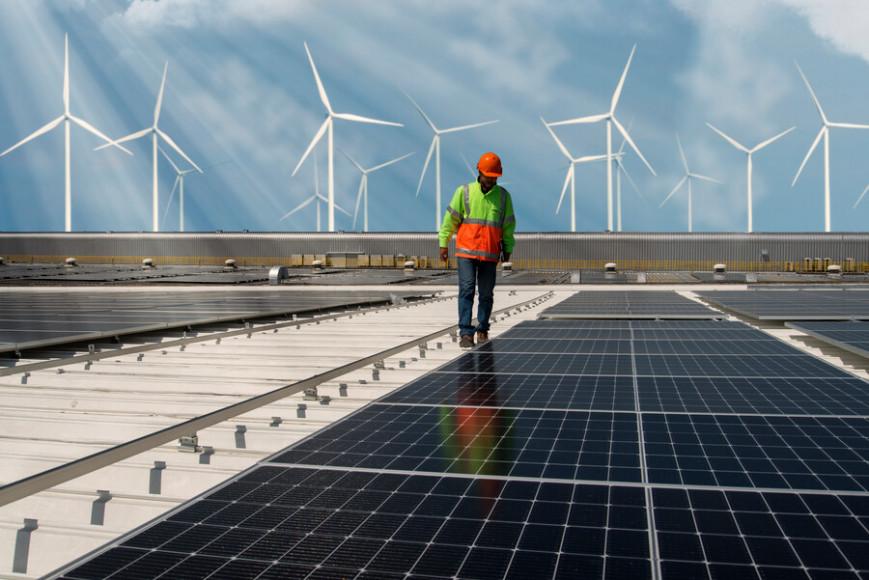The UK has implemented a pause on new grid connection applications for certain regions, effective January 15th. This change, designed to manage the surging demand for energy and address existing grid congestion, could catch many developers off guard if their projects aren’t fully aligned with the updated timelines.
What's Changing?
The National Electricity System Operator (NESO) has introduced a pause on new grid connection applications for specific areas of the UK. This pause is a temporary measure intended to allow for better management of the connection queue and ensure that grid upgrades can keep pace with the increasing number of renewable energy projects seeking connection. Essentially, they're hitting the pause button to catch up and avoid overwhelming the system. This isn't a blanket ban across the entire UK, but rather targeted at regions experiencing significant capacity constraints.
Why the Change?
The UK's push for renewable energy has led to a surge in applications for grid connections. This high demand has created a backlog, with some projects facing significant delays. The pause aims to give NESO time to:
- Assess and prioritize existing applications: This will help ensure that viable projects, particularly those aligned with strategic energy goals, can proceed efficiently.
- Upgrade grid infrastructure: The pause allows time to invest in and expand the grid's capacity to accommodate future demand.
- Improve the connection process: NESO aims to streamline the application process and make it more efficient for developers.
How Does This Affect UK Businesses?
This change has significant implications for UK businesses, particularly those involved in:
- Renewable energy development: Projects reliant on new grid connections in affected regions will be directly impacted.
- Property development: New housing or commercial developments requiring grid connections may face delays.
- Manufacturing and industrial operations: Businesses with expansion plans that require increased energy capacity could be affected.
How Should UK Businesses Proceed?
If your business is planning a project that requires a new grid connection, it's crucial to take the following steps:
- Determine if your project is in an affected region: Contact NESO or consult their official publications to identify the specific areas where the pause is in effect.
- Assess your project's timeline: If your project is in an affected area, re-evaluate your timeline and anticipate potential delays.
- Contact your Distribution Network Operator (DNO): Discuss your project with your DNO to understand the local implications of the pause and explore potential alternatives.
- Explore alternative energy solutions: Consider options such as on-site generation, energy storage, or energy efficiency measures to reduce your reliance on the grid.
- Stay informed: Keep up-to-date with the latest announcements from NESO and your DNO regarding the pause and future grid connection processes.
- Engage with industry experts: Consult with energy consultants or legal professionals specializing in grid connections to navigate the complexities of the new regulations.
Now more than ever, developers need to stay proactive and anticipate regulatory shifts like these. Delays in securing grid connections can lead to costly setbacks and missed opportunities. Don't let your project be caught off guard.
For more details on what this means for your projects, check out the official NESO website or get in touch with us at Antea Group UK. We can help you navigate these changes and ensure your project stays on track.
Learn more about our Environmental Planning ServicesHave any questions?
Contact us to discuss your environment, health, safety, and sustainability needs today.





